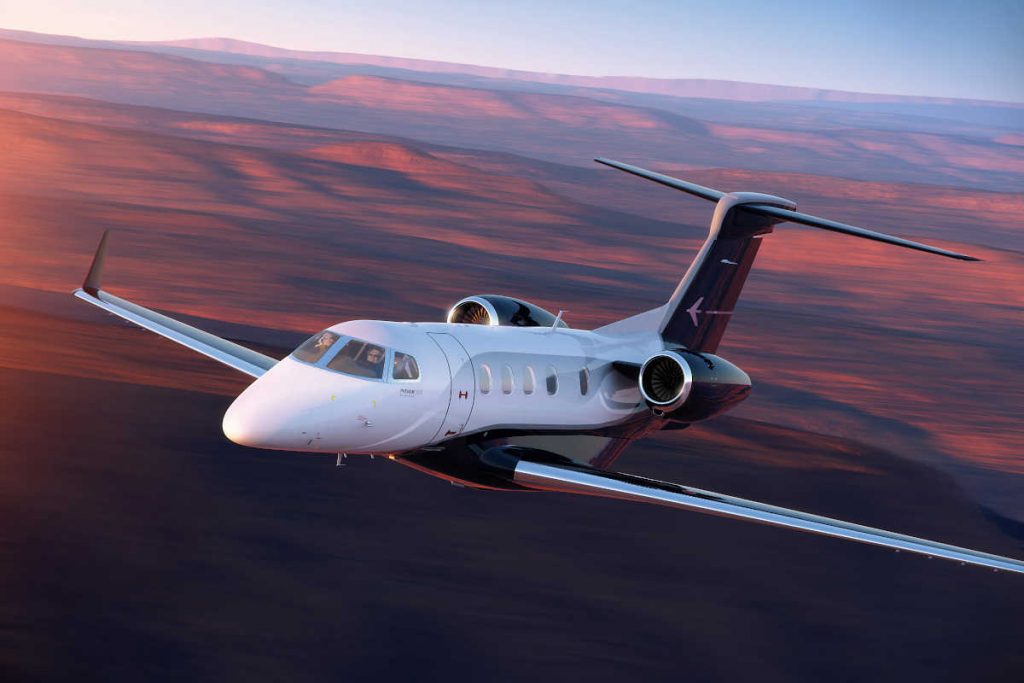
News
Aircraft manufacturers
Embraer boosts Phenom maintenance to 800 flight hours
July 27, 2020 By Wings Staff
 The Embraer Phenom fleet, including the Phenom 300 E, has accumulated more than 1.7 million flight hours. (Photo: Embraer)
The Embraer Phenom fleet, including the Phenom 300 E, has accumulated more than 1.7 million flight hours. (Photo: Embraer) Embraer today announced a revision to the Scheduled Maintenance Requirements for the Phenom family of jets. The revision extends the intervals between stops from 600 flight hours and/or 12 months and multiples to 800 flight hours or 12 months and multiples, while most of the tasks with double intervals were also optimized to the longest period.
Embraer notes this is a 33 per cent maintenance interval improvement, which the company states to be almost double the industry average, pointing to improvements in the performance of the Phenom fleet over the last decade.
“Conceived as clean-sheet designs to be the best in their respective classes, the Phenom 100 and 300 series aircraft were built for high utilization,” said Johann Bordais, president & CEO, Embraer Services & Support. “Now, 11 years after the first delivery, with a fleet of over 900 jets in operation, our customer support and engineering team can reaffirm, once again, that our products are even better than the initial specification.”
The Phenom fleet has accumulated more than 1.7 million flight hours and 1.4 million cycles since the first delivery of the Phenom 100 in December 2008. Embraer’s business jet operators are supported by a network of more than 70 owned and authorized service centres, complemented by a 24/7 Contact Center at its headquarters in Brazil.
The Scheduled Maintenance Requirements for the Phenom jets are based on the Maintenance Steering Group (MSG-3) methodology, explains Embraer, which aims to preserve and restore the inherent safety and reliability levels of the aircraft and to build a knowledge base for design and maintenance improvement. Embraer notes the main benefits of this methodology include higher aircraft availability and overall cost reduction to keep the aircraft in ideal operating conditions.